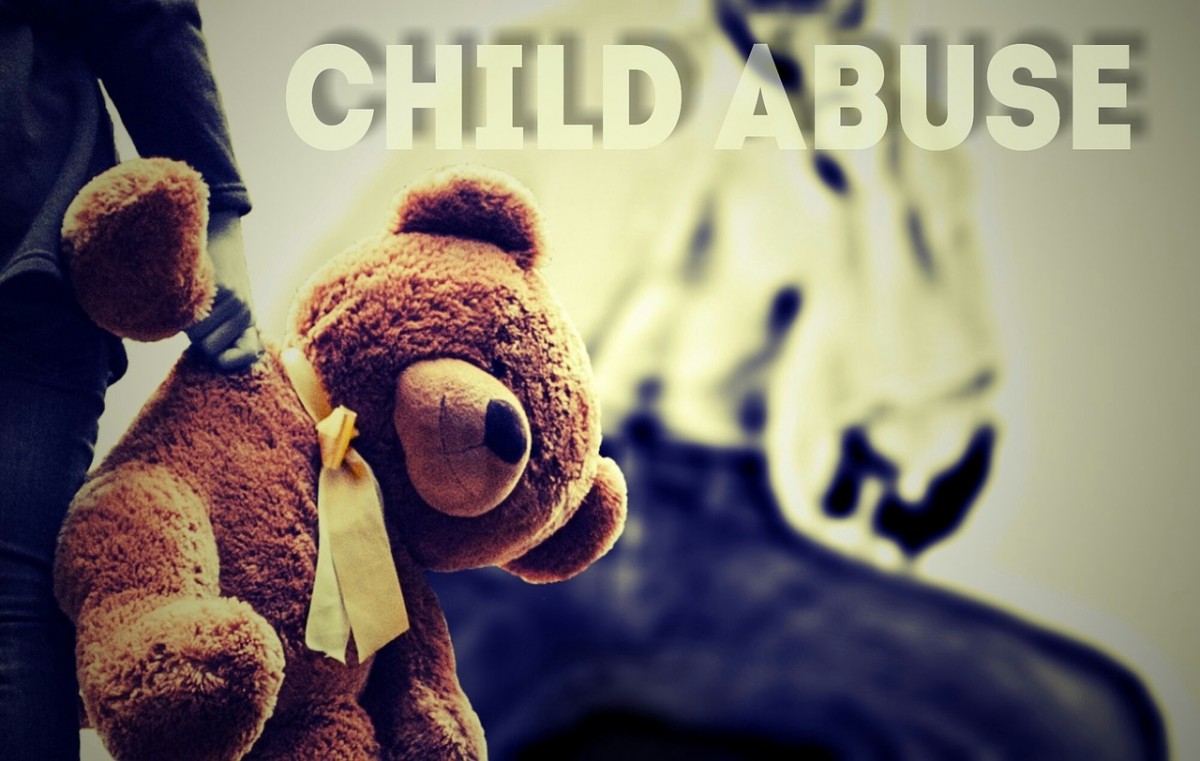- Physical
- Mental
- Sexual
- Female Genital Mutilation
- Sexual Exploitation
- Child Trafficking
- Forced Marriage
Once published the guidelines will help professionals look out for warning signs relating to children’s behaviours and emotions, as these could indicate that something isn’t quite right. It will also aim to help practitioners to recognise abuse and neglect, carry out an assessment and provide early help and interventions. As professionals, it is important to spot these signs and raise concern in the appropriate way.
These are some of the warning signs to look out for;
- Excessive clinginess
- Low self-esteem
- Being withdrawn
- Being fearful
- Having recurring nightmares
Who are the new guidelines for?
- All professionals working with children such as, social workers, childcare workers, healthcare professionals and people in lead professional roles
- Children and young people at risk as well as families and carers, experiencing or experienced abuse or neglect
The new guidelines will help professionals focus on helping these vulnerable children and intervene effectively. Stated in the draft guidelines it explains the importance of children knowing that they have been listened to as well as urging professionals to use age appropriate tools when communicating with children e.g., drawings or books.
The guidelines recognise the importance of anyone working with children has a responsibility to protect children from harm; all professionals should have knowledge of what to look out for and what to do if they have a case for concern.
Once published the guidelines with sit alongside the existing statutory guidance on protecting vulnerable children from abuse or neglect
The draft guideline which can be found here

